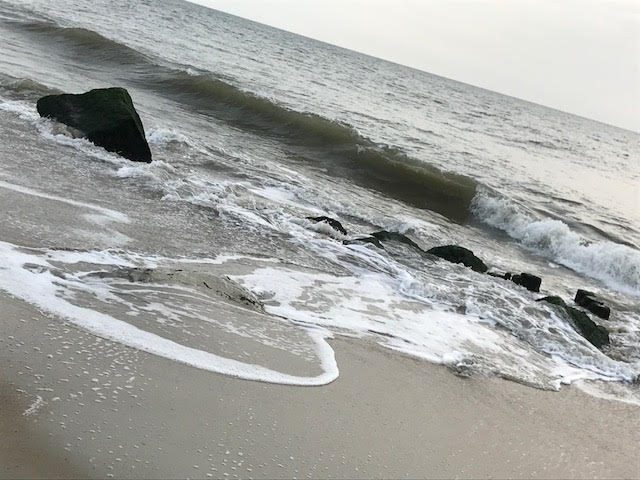
The generativity of museums comes in two forms. First, there are those men and women who donated their paintings, recordings, and artifacts. While some museums are filled with objects that were confiscated rather than donated (notably the great Hermitage Museum in St. Petersburg), generosity and generativity are abundantly evident in most of these guardian institutions. The Isabel Stuart Gardner Museum in Boston exemplifies this spirit of display. Gardner and her husband spent considerable time in Europe and purchased many works of art. Gardner built a museum to display and preserve this art. She also exhibited a bit of stagnation (or at least stubbornness) to compliment her spirit of display by insisting that there be no changes in the museum and its collection after her death.
One of us recently visited a museum in Dallas, Texas, that featured Spanish paintings. The donor had visited Spain in conjunction with his own prosperous business and fell in love with under-appreciated artwork of Spanish artists. He wanted these paintings to become better known, so he purchased and donated them to the art museum located at Southern Methodist University. What is the nature of his Generativity Three enactments? Like Isabel Gardner, he cared deeply about these works of art and wanted to preserve and display them so others could appreciate the innovative spirit and craftsmanship of these objects. It is when such objects are purchased for public display and preservation that Generativity Three clearly is enacted.
The second form of display-oriented generativity is to be found among those who serve as volunteer docents, museum administrators, and financial sponsors to keep these institutions in business. Some generative volunteers and often low-paid administrators decide to donate their time because they have neither the capital to make a major financial contribution nor the valuable objects to offer the museum. There is also the motivation of social networking found in the desire of generative people to gather together for a reunion or celebration; when working with a museum, they have the opportunity to affiliate with other men and women who have the same interests, passions, and dedications. There are “lifestyle enclaves” that members of our society create to live in a community that is founded on shared values (Bellah, et al. 1985). For many museum volunteers and administrators, this is their enclave.
Download Article
















